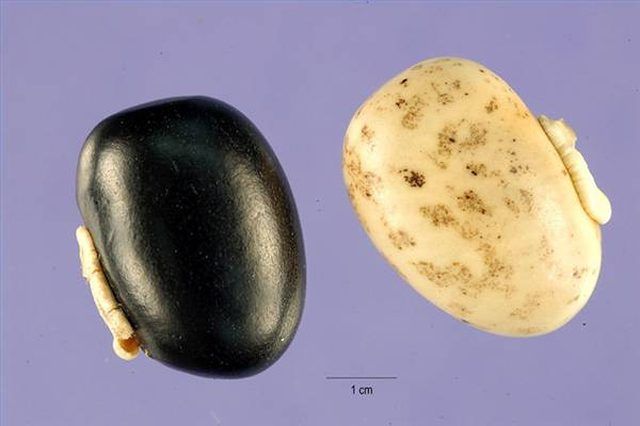Bulbs
Flower Basics
Flower Beds & Specialty Gardens
Flower Garden
Garden Furniture
Garden Gnomes
Garden Seeds
Garden Sheds
Garden Statues
Garden Tools & Supplies
Gardening Basics
Green & Organic
Groundcovers & Vines
Growing Annuals
Growing Basil
Growing Beans
Growing Berries
Growing Blueberries
Growing Cactus
Growing Corn
Growing Cotton
Growing Edibles
Growing Flowers
Growing Garlic
Growing Grapes
Growing Grass
Growing Herbs
Growing Jasmine
Growing Mint
Growing Mushrooms
Orchids
Growing Peanuts
Growing Perennials
Growing Plants
Growing Rosemary
Growing Roses
Growing Strawberries
Growing Sunflowers
Growing Thyme
Growing Tomatoes
Growing Tulips
Growing Vegetables
Herb Basics
Herb Garden
Indoor Growing
Landscaping Basics
Landscaping Patios
Landscaping Plants
Landscaping Shrubs
Landscaping Trees
Landscaping Walks & Pathways
Lawn Basics
Lawn Maintenance
Lawn Mowers
Lawn Ornaments
Lawn Planting
Lawn Tools
Outdoor Growing
Overall Landscape Planning
Pests, Weeds & Problems
Plant Basics
Rock Garden
Rose Garden
Shrubs
Soil
Specialty Gardens
Trees
Vegetable Garden
Yard Maintenance
How to Grow Mucuna Pruriens Seeds
How to Grow Mucuna Pruriens Seeds. The Mucuna Pruriens is a species of plant that is indigenous to tropical climates. It is an annual shrub with climbing tendencies, belonging to the Fabaceae family. Mucuna Pruriens grows a legume-style fruit and the plant is often referred to as Velvet bean, Cowhage, Pica (or Pica-Pica), Cowitch, or Yoruba....

The Mucuna Pruriens is a species of plant that is indigenous to tropical climates. It is an annual shrub with climbing tendencies, belonging to the Fabaceae family. Mucuna Pruriens grows a legume-style fruit and the plant is often referred to as Velvet bean, Cowhage, Pica (or Pica-Pica), Cowitch, or Yoruba. Growing Mucuna Pruriens isn't particularly difficult if you know when and where to plant it and how to cultivate it.
Things You'll Need
Seeds
Indoor potting equipment
Basic gardening tools
Compost
Start your Mucuna Pruriens seeds indoors, in pots, unless you live in a tropical climate. You'll need to pot the plants in early Spring and then transplant them outdoors after all threat of frost is gone unless you live in a very warm climate.
Choose a moderately-shaded area for planting. Mucuna Pruriens plants do like a lot of sun, but too much can burn them, especially when they're young. Remember, some plants can have vines that reach up to 15 feet in length, so they'll definitely reach towards the sun and get more sunlight as they grow.
Prepare the soil in the area you've chosen by tilling a large amount of compost under and making sure that the soil is very rich. Remember, as a tropical plant Mucuna Pruriens prefers a dark, rich soil and will struggle without it.
Place a trellis along the area where you'll be planting your Mucuna Pruriens. These climbing shrubs needs something to hold on to in order to grow tall and strong.
Plant the seeds about an inch or so from your trellis, roughly 3/4-inch under the soil, and water the area liberally until the ground is thoroughly soaked. Leave at least 6 inches between each plant.
Keep your Mucuna Pruriens plants well-watered, watering at least every other day. This is especially crucial when they're young and just beginning to develop.
Tips & Warnings
Feel free to thin out any sickly looking plants that grow up by snipping the off at ground level or simply pulling them like weeds.
Remember, Mucuna Pruriens is a tropical plant and will respond best to high temperatures and lots of moisture. It may be difficult to grow them in cold or extremely dry climates.
Mucuna Pruriens contains certain narcotic chemicals. While the plants themselves are perfectly legal to grow, it is highly illegal in most places to grow them for the purpose of harvesting said narcotic compounds. Consult your local laws before growing Mucuna Pruriens and never attempt to use them for any purpose other than an ornamental one.